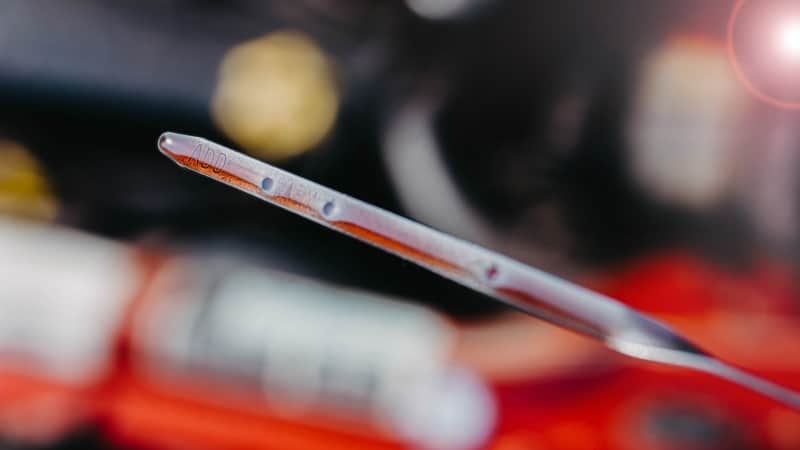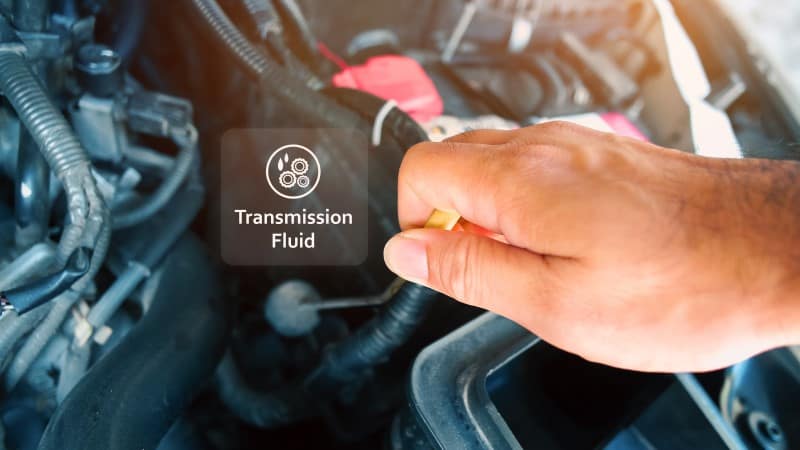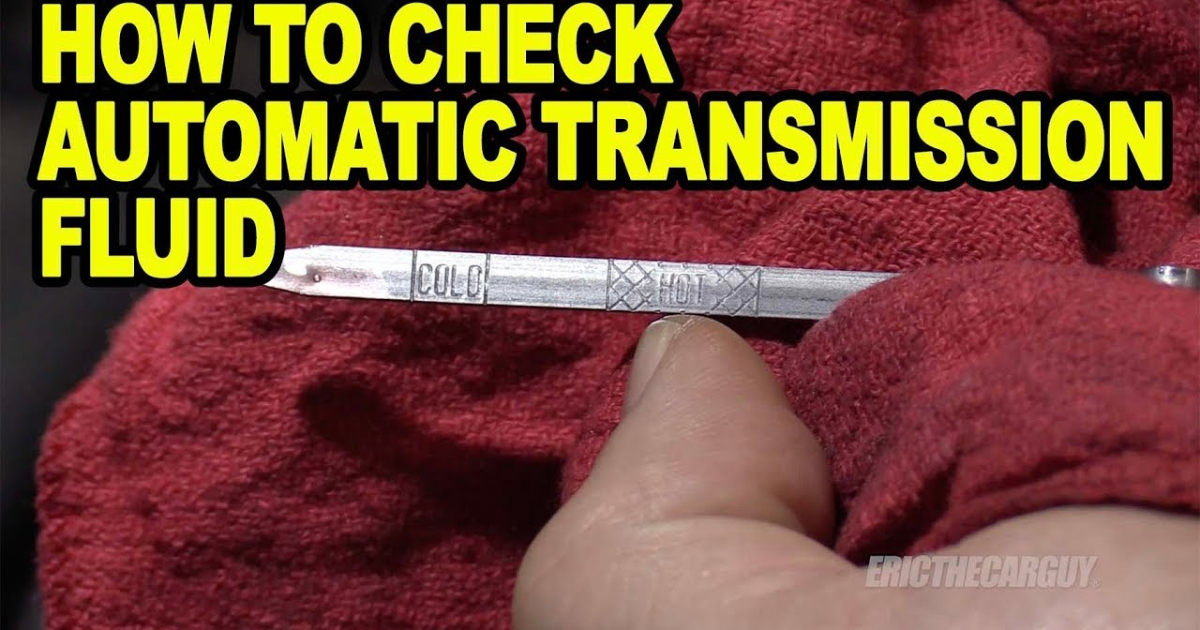In typical automatic vehicles, you can easily check the transmission fluid using the same dipstick that you would use to check the oil in your engine. On the other hand, if you mess up, the unpredictable readings and hot/cold marks on the dipstick could catch you off guard. Everything you need to know is presented here.
Why You Should Check Transmission Fluid When The Engine Is Running
Allow me to explain the system before delving into the reasons behind checking the gearbox fluid when the engine is running. A torque converter, rather than two solid shafts and a clutch, is used by the automatic transmission to transmit power from the engine to the wheels. To turn the wheels, a torque converter makes use of transmission fluid coupling.
Instead of having a solid connection between the engine and the wheels, fluid coupling allows the engine to spin a turbine wheel, which in turn pushes transmission fluid via an impeller that is coupled to the wheels. The cycle begins with the transmission fluid going to the turbine, then through the impeller, and finally back again.
In addition to lubricating the gears in the transmission, the torque converter employs transmission fluid for this procedure. That implies you can’t ever run the gears or the torque converter with less than the recommended amount of transmission fluid in the pan. Never forget that the torque converter can only spin with transmission fluid in it when the engine is turned on.
However, when the engine is turned off, the fluid from the torque converter drains into the pan, where the dipstick is used to assess the fluid level. Under operational circumstances (when the torque converter is full), the dipstick is marked to display high and low levels, since those are not the important running conditions. Thus, when the engine is turned off, the dipstick will display an excessively high fluid level.
Because the amount of transmission fluid held by a torque converter while it is operating might range from two to five quarts, depending on its size, the reading from the dipstick will be very off. When checking the gearbox fluid, it is important to keep the engine running. This allows the torque converter to remove any extra fluid from the pan, ensuring an accurate reading.
Why You Should Check Transmission Fluid When The Engine Is Hot

Like checking the fluid while the engine is running, knowing whether to check the transmission fluid whether it is hot or cold is crucial. As the gearbox gets hot, it expands, which causes the dipstick level to rise. When calibrating the dipstick markings, that is something that automakers consider.
Checking the transmission fluid level while the engine is cold will cause the dipstick to display an inaccurate reading. When you do, add fluid—which, under typical circumstances, would be excessive and cause seal blowouts or damage to the torque converter and shift solenoids—if you want to fix it. Also, you should never check the transmission fluid cold; that should be enough of a cause.
The gearbox fluid dipstick may also feature a “hot” and “cold” indication on certain vehicles. When the engine is cold, you can verify the fluid levels using the cold markings, which are lower than the hot marks. The cold marks, however, are still pre-set to a specific temperature that, barring ideal weather conditions, cannot be reproduced.
That’s why, despite the cold mark on the dipstick, you should wait until the engine is running hot before checking the gearbox fluid level. Also, before you go home and check the oil, take the engine for a typical 5-to 10-mile drive to get it up to working temperature.
Aside from that, level the vehicle to prevent the liquid level from being affected by slopes. Finally, make sure the fluid level is checked after shifting through all gears with the engine running. In this way, the transmission fluid can fill up all of the shift solenoids, resulting in a more precise measurement. In order to make everything easier to understand, I have provided a detailed tutorial.

Conclusion
Finally, there’s a very straightforward reason to always check the gearbox fluid level with the engine running: the fluid must fill the torque converter for a precise dipstick reading, and that can only occur when the engine is running.




